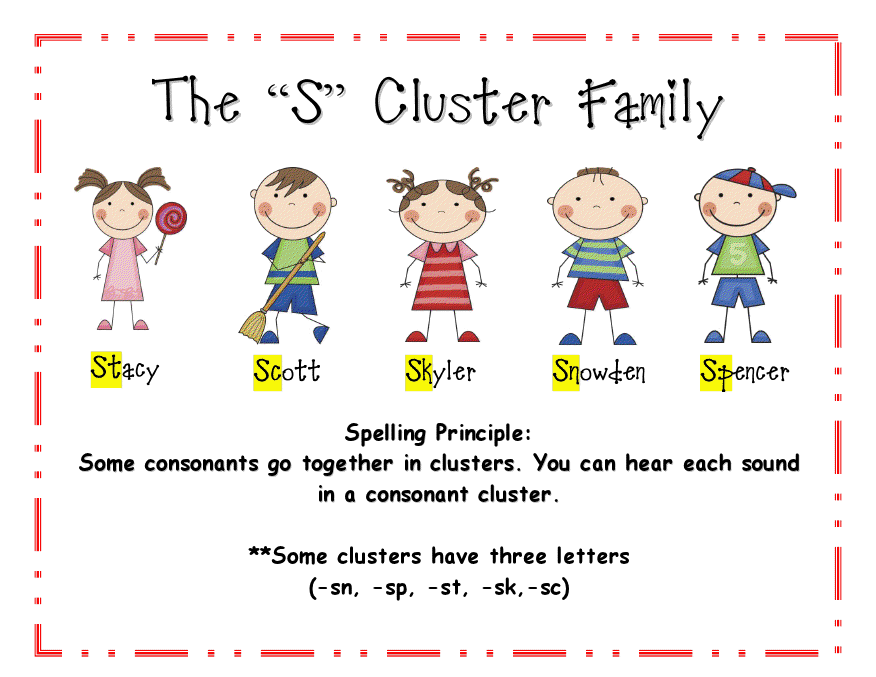Living in a digital age, most of us rely heavily on electronics to keep ourselves scheduled and organized. Why? Because the cognitive burden of storing so much information in our heads can be overwhelming. We can thank or blame executive functioning for this- the coordination of our brain’s many components that help us remember, organize, prioritize and problem solve. For many children with executive functioning disorders or struggles, language processing can be a significant challenge. In fact, children with Specific Language Impairment (SLI) often have executive functioning challenges that specifically should be addressed in speech therapy. Just like organizing a drawer, organizing your thoughts can be challenging when memory, impulse control and reasoning are impacted.





